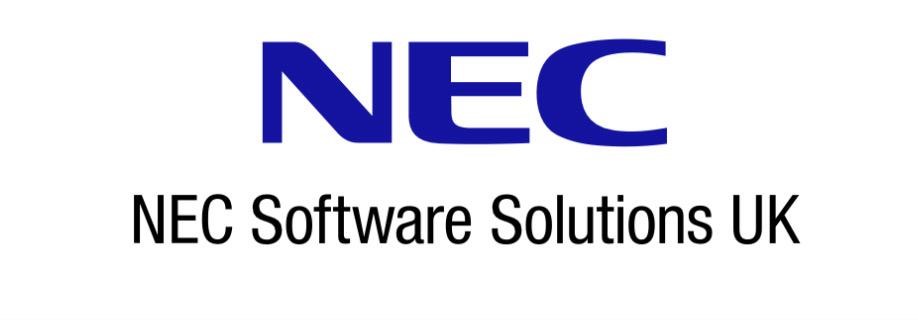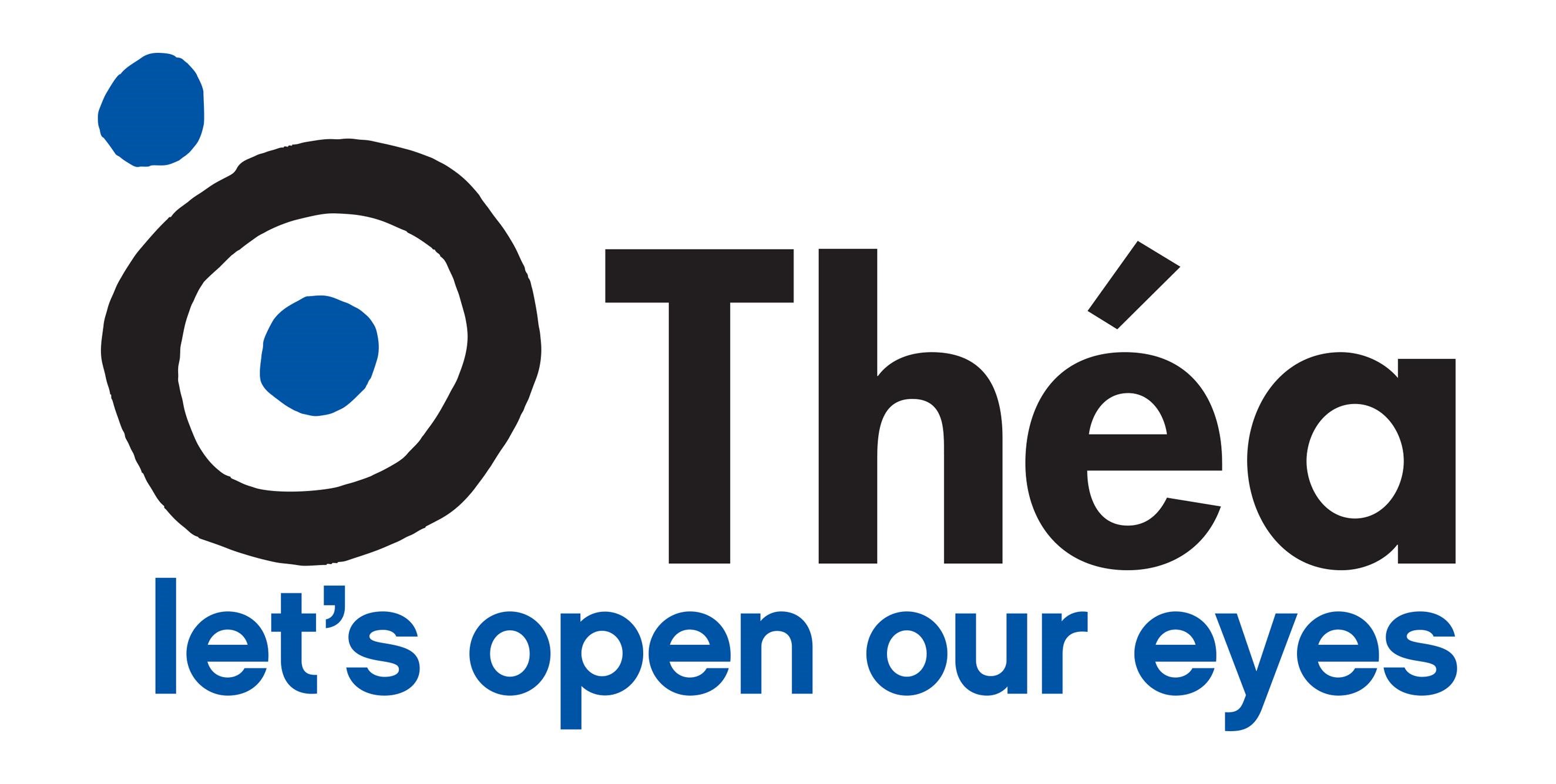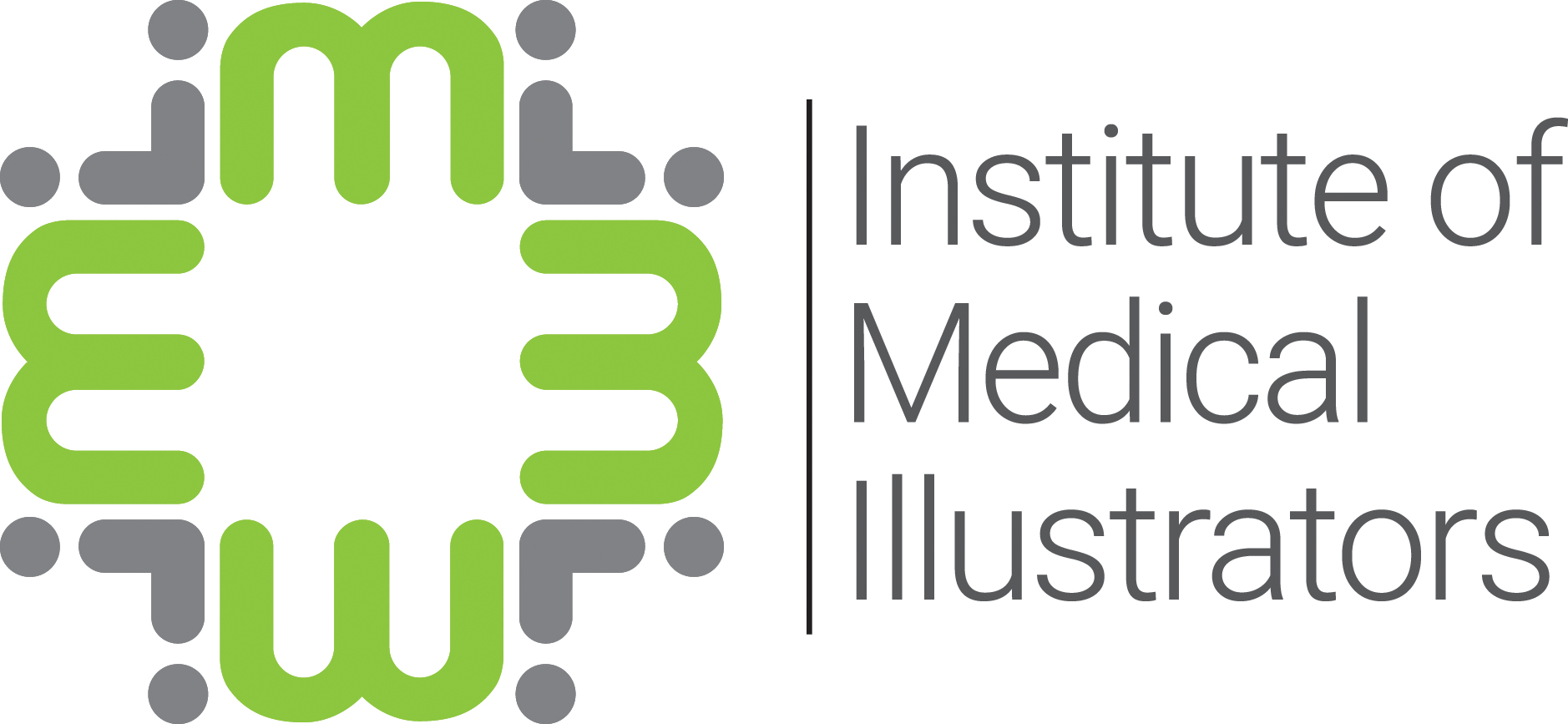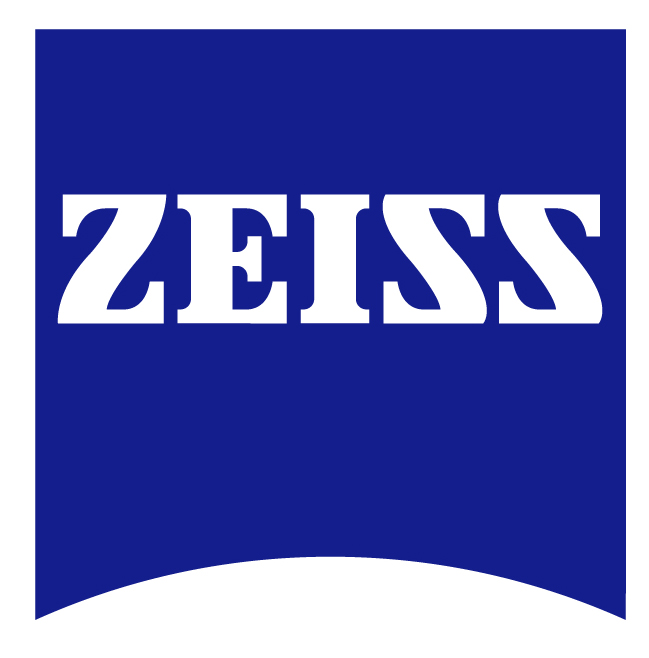MENU
BARS Conference 2012
13th and 14th September Liverpool
The 12th annual BARS conference took place on the 13th and 14th September 2012 at the Crowne Plaza hotel in Liverpool. It was preceded on the Thursday morning by a programme managers' meeting, and opened after lunch with a welcome from the outgoing Chair of BARS, Jacqueline Mansell, who also chaired the first session.
The conference began with a debate entitled ‘Where Does Failsafe Begin and End?', and the first speakers on this topic were BARS council members Alyson Jaycock and Paul Hopkins. Alyson is a screener/grader and failsafe officer from the Oxfordshire programme, while Paul is a programme manager in Lincolnshire, with a background in failsafe.
Alyson and Paul introduced this acrostic for the word ‘failsafe'...
- Future
- Assurance (against)
- Incidents (of)
- Liability
- Systems
- Acountability
- Foundation
- Evolution
... and discussed the issues around those headings. They stated that failsafe begins with the question of whether GPs are actually referring all diabetic patients for screening, and suggested that the introduction of GP2DRS should improve things in this area. They tackled the issue of ‘suspended' patients and whether the responsibility for failsafe lies with the GP, hospital eye service or screening programme, and concluded that since GPs and HES will never be as motivated to track our patients as we are, the responsibility for failsafe will ultimately fall on the screening programme.
The next speaker in this debate was David Taylor, National Quality Assurance Team Leader, who presented a chart he'd collated from all the EQA visits that have been done so far, showing all the targets, and how often they were met or missed. The most frequently missed targets occurred where there was an interface between the screening programme and the hospital eye service, demonstrating that this is where the system breaks down and programmes most frequently fail. David stated that he's currently working on national guidelines for failsafe, which will be given to every programme.
The final speaker was Rob Johnston, a consultant ophthalmologist from Gloucestershire, who stated that screening programmes are spending a disproportionate amount of time chasing HES for data. He felt that the solution is to link screening software and ophthalmology software together. He would like every HES to have Electronic Medical Records which force documentation of clinical signs, and deduces a retinopathy grade from it, so that when an ophthalmologist sees a diabetic patient, a retinopathy grade is automatically generated and sent to the screening programme. He stated that this is already beginning to happen, and said that seamless integration is the way forward.
The debate concluded with a ‘Panel Q & A', which resulted in some discussion of patients who are ‘no longer diabetic'. Should we still screen people who have had successful bariatric surgery, or who were steroid-induced and no longer on steroids? An ophthalmologist stated that she has three patients who have undergone bariatric surgery and been told they're no longer diabetic, and yet are currently undergoing laser treatment for diabetic retinopathy.
Rob Johnston made the point that failsafe isn't ophthalmology's problem, so the question is how do we make it their problem? How do we give HES an incentive to cooperate? The Royal College of Ophthalmologists guidelines already state that they need to inform screening programmes of outcomes, but this clearly isn't working as well as it should. He repeated that software is needed to facilitate it.
Sue Cohen, the National Quality Assurance Director, stated that the way to deliver this is with financial incentives, but with all the changes taking place in the NHS over the next year or two, it's unlikely to happen soon.
The opening debate was followed by the BARS AGM, and the second session of the conference, which was chaired by Mark Histed, the incoming chair of BARS. Sue Cohen, the National QA Director, gave a talk entitled ‘OPDR and the Patient Pathway'. She spoke about the planned introduction of surveillance clinics and the new common pathway, and raised concerns about the initial transfer of patients from screening to surveillance clinics. She and David Taylor are worried that when the new pathway comes in, there is a danger that OPDR clinics will be swamped with direct referrals from screening, and that the system may be overwhelmed. They both urged restraint in the early days, so that surveillance clinics don't become overloaded.
Day two of the conference began with the ‘Glaucoma Lecture', which was given by Dr Anju Kadyan, a consultant ophthalmologist specialising in glaucoma, from Shrewsbury. She stated that the prevalence of glaucoma amongst the diabetic population is double that of the non-diabetic population. She described this as a ‘controversial link' between glaucoma and diabetes, as the reasons are not fully understood, but there is a definite association.
Dr Kadyan has been studying the outcomes of glaucoma referrals from diabetic eye screening programmes. She found that 70% of patients who were referred with a disc haemorrhage did NOT have glaucoma. She concluded that disc haemorrhages on their own are not a good indicator of glaucoma, but if taken in conjunction with other signs (suspicious discs, family history, age over 40, afro-caribbean ethnicity), they are a useful indicator.
Dr Kadyan stated that DR screeners are very good at spotting disc haemorrhages compared with ophthalmologists, who only spot 16% of disc haemorrhages using normal fundal examination. Photos are far more reliable. Unfortunately graders struggle to confidently identify a suspicious looking disc. In an ideal world, Dr Kadyan would like graders to be trained in spotting signs of glaucomatous discs, as these signs taken in conjunction with disc haemorrhages would constitute a highly reliable form of glaucoma screening. She admitted however that we are not a glaucoma screening service, and this is unlikely to be practical.
In the meantime she suggested that to avoid the HES being swamped, anyone with a disc haemorrhage should be referred to an optician for IOP checks.
The Glaucoma Lecture was followed by a presentation from Dr Ticiana Criddle, an ophthalmologist from Liverpool, whose paper was entitled ‘Can We Refer Patients Back to Screening After Laser Treatment for DR?'. Dr Criddle stated that amongst the Liverpool screening population of 23,000, 0.45% have had laser treatment before. She aimed to assess whether any of these have been referred back to screening inappropriately, and having completed her research, she found high numbers of unstable R3 within the first two years after laser treatment. She concluded that patients shouldn't be referred back to screening for a minimum of two years after laser.
The first session ended with a talk from Zabeer Rashid, a specialist podiatrist from Tower Hamlets in London, who spoke about ‘The Diabetic Foot'. Mr Rashid stated that 6,000 people each year in England undergo a leg, foot or toe amputation due to diabetes, and that 70% - 90% of amputations are preceded by an ulcer, so if you prevent ulcers, you stop the need for amputation. He spoke entertainingly and informatively on all aspects of diabetic foot complications, and showed a number of slides featuring case histories and photographs.
He stated that “Diabetes stabs you in the back and then walks away”, highlighting that the complications of the condition may have already begun, but the patient might not be aware of it until much later.
The second session began with a brief talk from Andy Wilcox, a project manager at Digital Healthcare, who also has type 1 diabetes. His talk was entitled ‘The Type 1 Patient', and he told a very personal story about his own experience of the condition, and the difficulties he encountered. Andy admitted that his diabetes had been poorly controlled for many years, but praised the DAFNE course (Dose Adjustment For Normal Eating) and told us to recommend it to our patients. He said it proved life-changing for him.
Andy's talk was followed by a presentation from Professor Peter Scanlon, Ophthalmologist and National Clinical Lead. He spoke about ‘The New Grading Pathway', and went through the new retinopathy grading standards that have been introduced. These include changes to the definitions of maculopathy, IRMA and R2, and Professor Scanlon explained the rationale behind these changes. The new definitions are now on the national website.
During the course of the morning, three focus groups ran concurrently with the main conference for those who wished to attend. These were:
OPDR – Paul Galsworthy, Joint Programme Manager & Grading Centre Manager, and Rebecca Leigh, Joint Programme Manager & Failsafe Manager.
Failsafe – Paul Hopkins, Programme Manager, and Alyson Jaycock, Failsafe Officer.
GP2DRS – Adam Gregory, National Technical Development Manager, Mike Olsen, GP2DRS Quality Assurance & Testing Manager, and Jon Gilbert, Contracts & Specifications Manager.
The conference concluded with the keynote lecture, which was given by Professor Roy Taylor, Professor of Medicine & Metabolism, from Newcastle, and entitled ‘What to Do in BARS'. Professor Taylor is responsible for starting DR screening in the UK, and charted the history of this and the formation of BARS. He started with a second hand converted ambulance in 1988, and by 1995, 64,905 people had been screened, of which 1.2% needed laser treatment.
Professor Taylor spoke about the formation of BARS in 2000, and stated that he was motivated to set up a national association because people didn't know what retinal screeners were. The inaugural meeting was held on 27th / 28th September 2001.
Roy defined ‘The Ideal Screener' as having these six qualities:
- Good with people
- Organised
- Coordinated
- Knowledgeable about the eye
- Good at pattern recognition
- Knowledgeable about diabetes
He suggested that the last three can be taught, but the first three are qualities that every manager should look for in a potential new recruit.
When the first retinal screeners began work, a lot of ophthalmologists were concerned because they felt that only a qualified doctor could interpret retinal photos. Professor Taylor proved them wrong by breaking it down into simple features, and proving that even someone with no medical background could learn to grade accurately. That was one reason why our grading criteria was kept as simple as possible.
Professor Taylor stated that “Feedback is the most important part of the screening visit”. He felt that screeners should always show the patient their photos, because a patient will feel more satisfied with their screening experience if they receive some feedback. Of course it must be accompanied by a caveat stating that this is not a final result.
Professor Roy Taylor ended his lecture by looking to the future of diabetic retinopathy screening, and highlighting three potential areas of change:
- New technology, possibly including automated grading.
- Variable screening intervals. He suggested that it makes no sense to screen annually a patient with R0 on their first visit.
- Increasing uptake amongst young people. He emphasised again the importance of engaging them with instant feedback.
The 2012 BARS conference ended with closing remarks from Jacqueline Mansell, the outgoing Chair of BARS, and a reminder that next year's conference with be on the 26th and 27th September 2013 at the Gosforth Park Hotel in Newcastle-upon-Tyne.
Report by Phil Gardner
Bars Council Member
Brighton & Sussex DESP

Company No: SC408268
Website created by Netsima Ltd.
Website designed by Vicki Prior
Website Mobile/tablet view designed by Barbra Hamill
Site Cookies
The BARS web site uses cookies. More information »
You can remove this notification by clicking here »
Company No: SC408268
Website created by Netsima Ltd.
Website designed by Vicki Prior
Website Mobile/tablet view designed by Barbra Hamill
Announcements »
About BARS »
BARS Council »
History of BARS »
Contacts »
Privacy & Cookies »
Membership
Joining BARS »
Dormant accounts »
Constitution & Bye-Laws »
Conferences
BARS Conferences »
Associated Conferences »
The BARS Chronicle
BARS Chronicle »
About the DEJ »
Diabetic Eye Journal »
BARS Council Elections
Council Positions Vacant »
Previous Elections »
Administration Management Meeting »
Education
BARS Administration Certificate »
HSD Learning Materials »
OCT Training »
Vacancies
Current Vacancies »
How to advertise a vacancy »
Videos
Eye Screening Videos »
Journal Articles/Papers
Journal Articles/Papers »
BARS Administration Certificate »
Screening Courses »
Image Galleries
Retinal Images »
R2 or Not? »
BARS conference Images »
Links & References
Musculoskeletal Health and Wellbeing Survey »
BARS Website Survey »
Related Links »
RSI Audit »
Book Review »
BARS Survey Article »
Sponsors
Corporate Sponsors »












